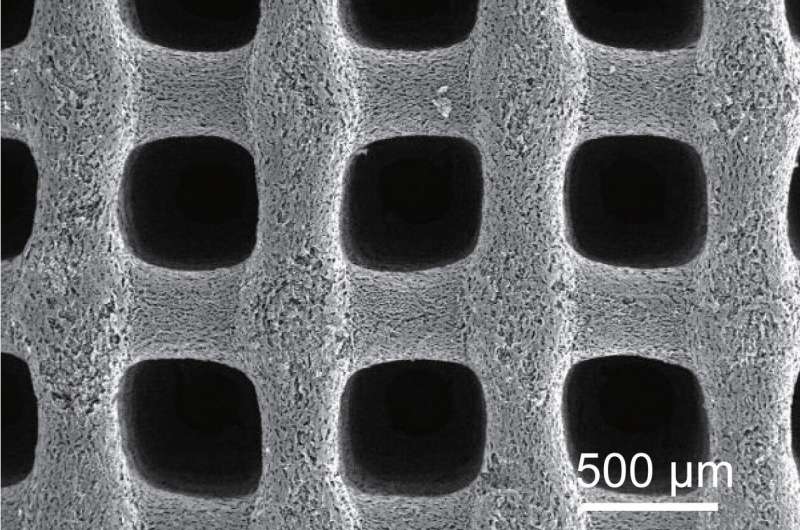NASA’s Perseverance Rover recently made a successful
landing on Mars, embarking on a two-year mission to seek signs of
ancient life and collect samples. Because Mars is extremely
cold—nighttime temperatures can drop below -112 F—heaters are
required to keep the rover’s battery system from freezing. Now,
researchers reporting in ACS’ Nano Letters have 3D printed porous
carbon aerogels for electrodes in ultralow-temperature
supercapacitors, reducing heating needs for future space and polar
missions.
Porous, ultralow-temperature supercapacitors could power
Mars, polar missions



